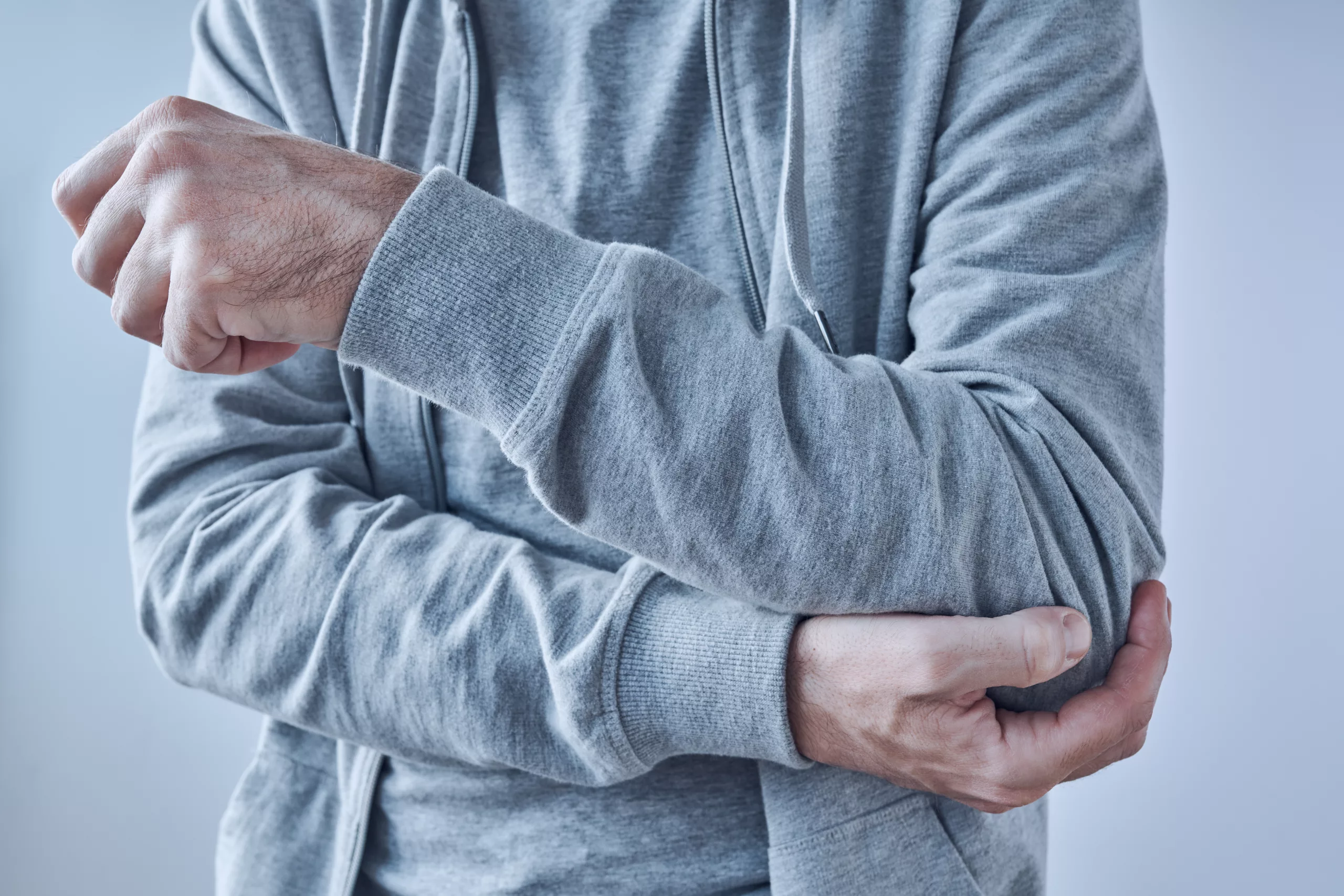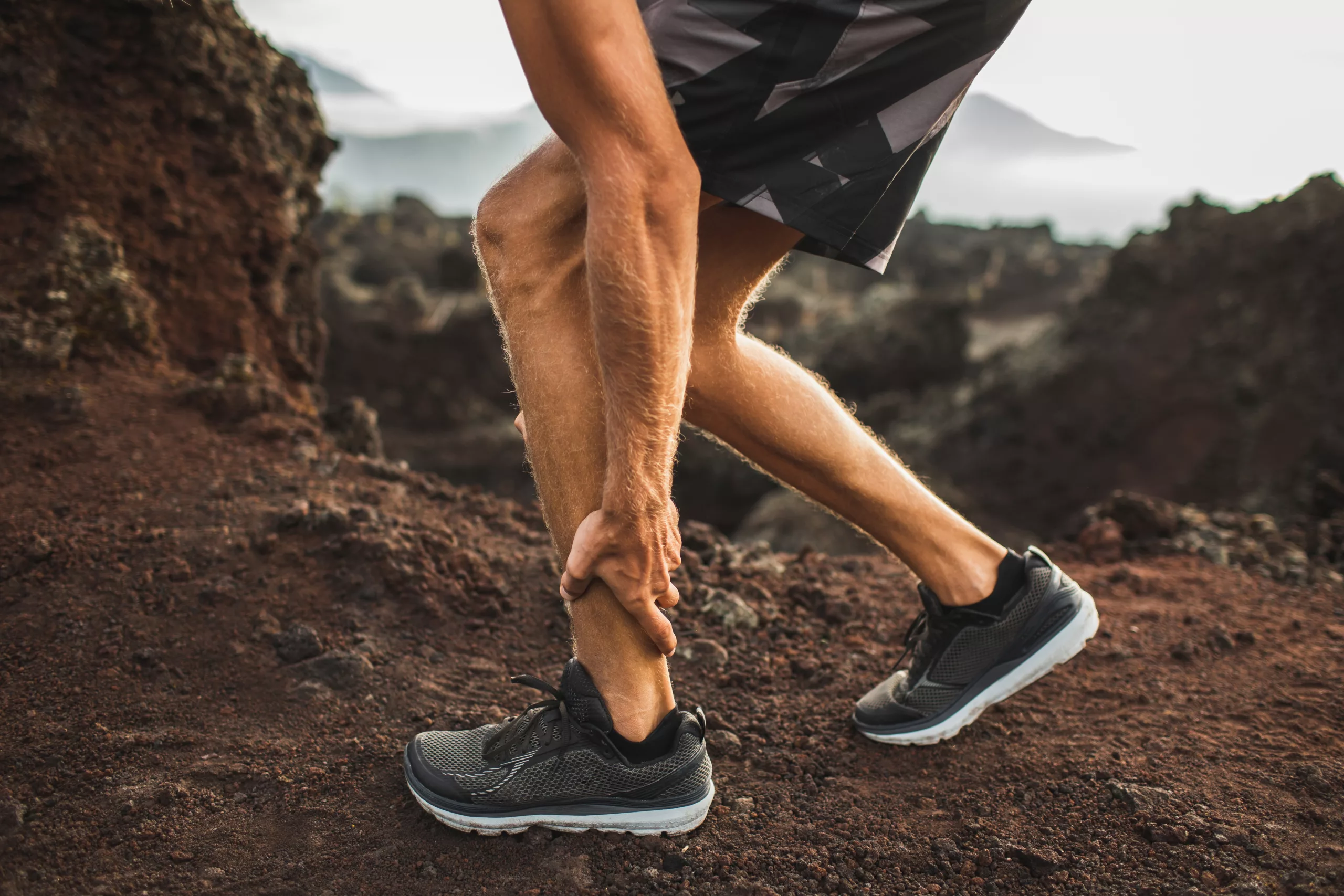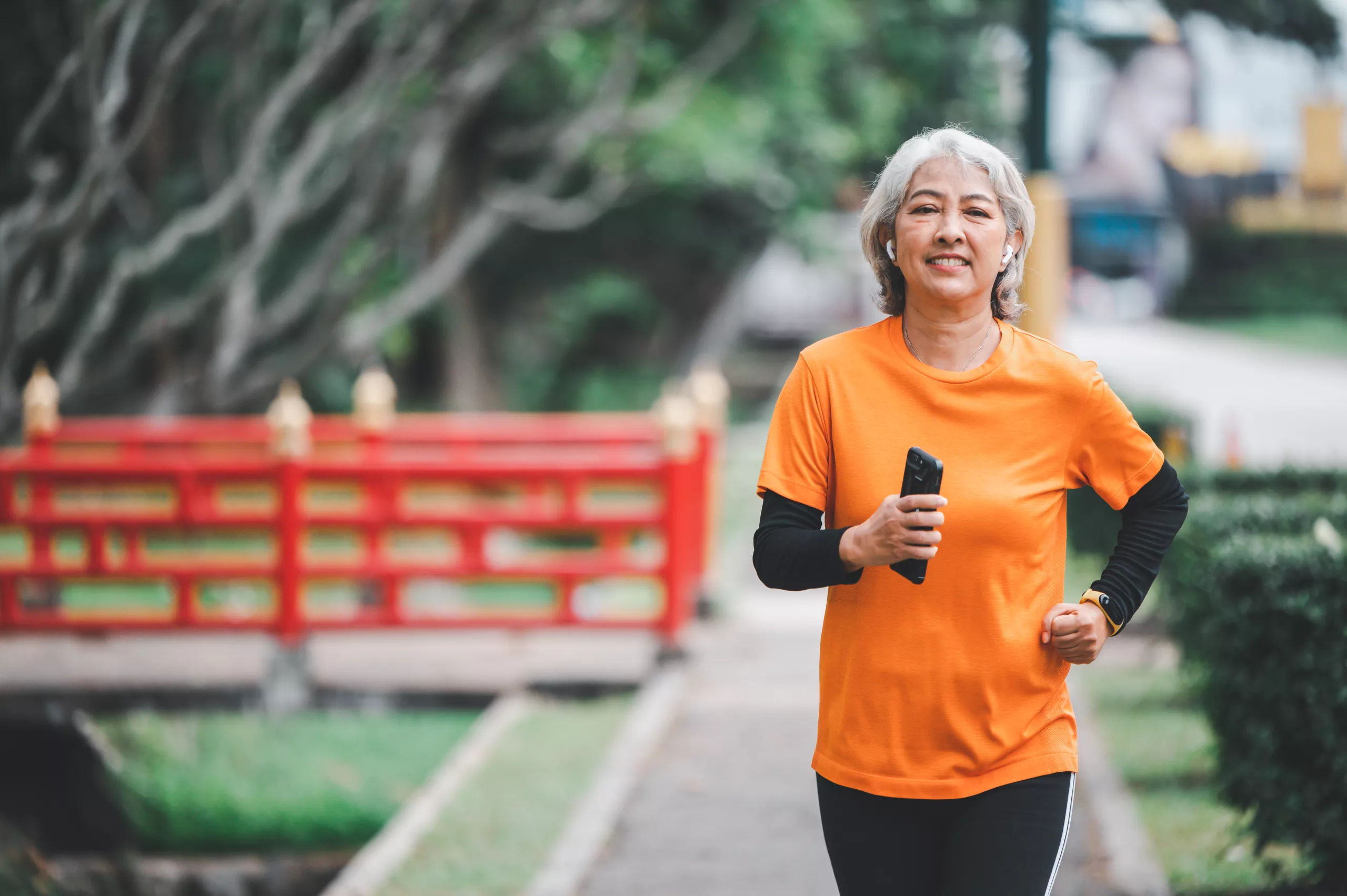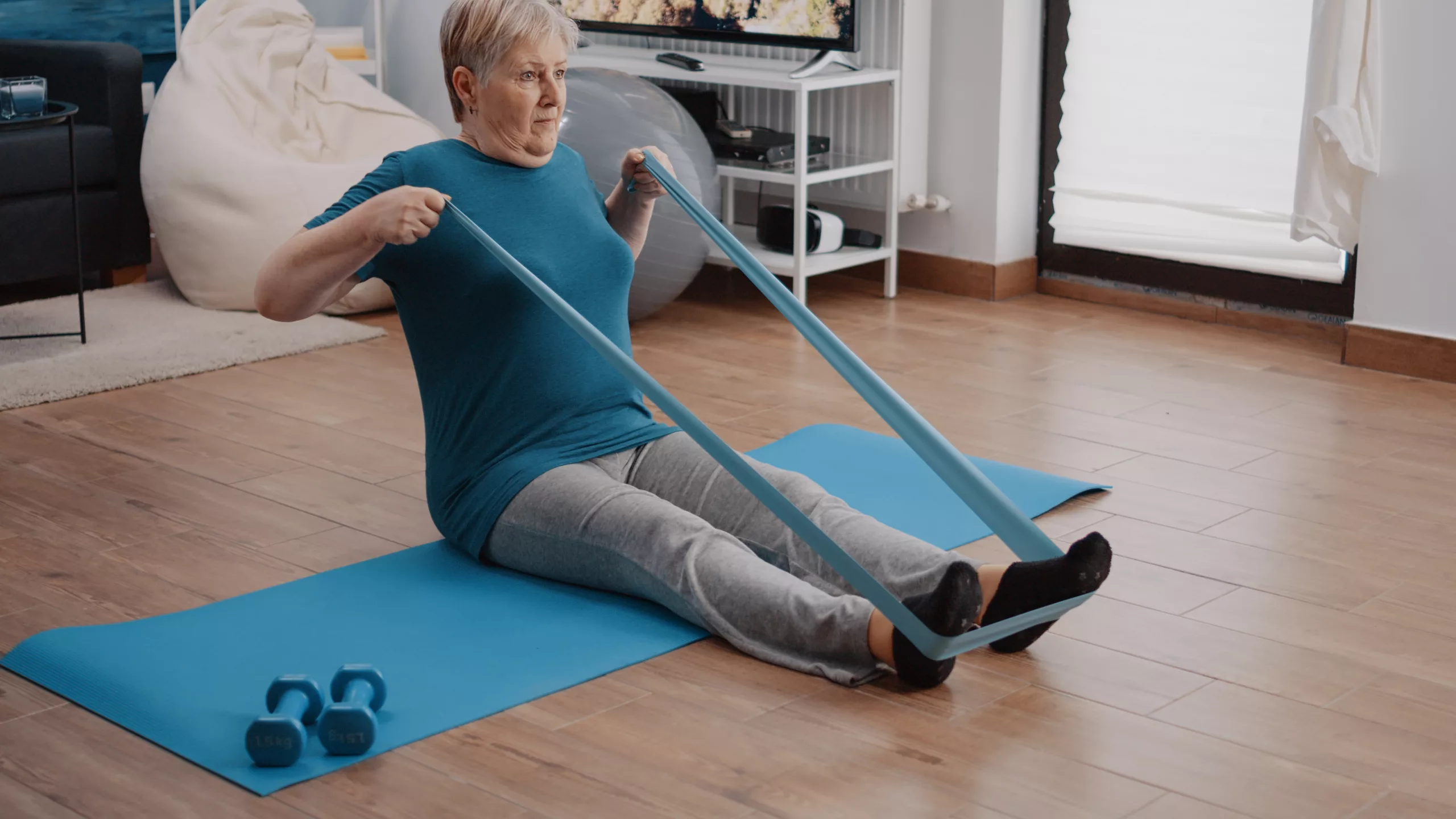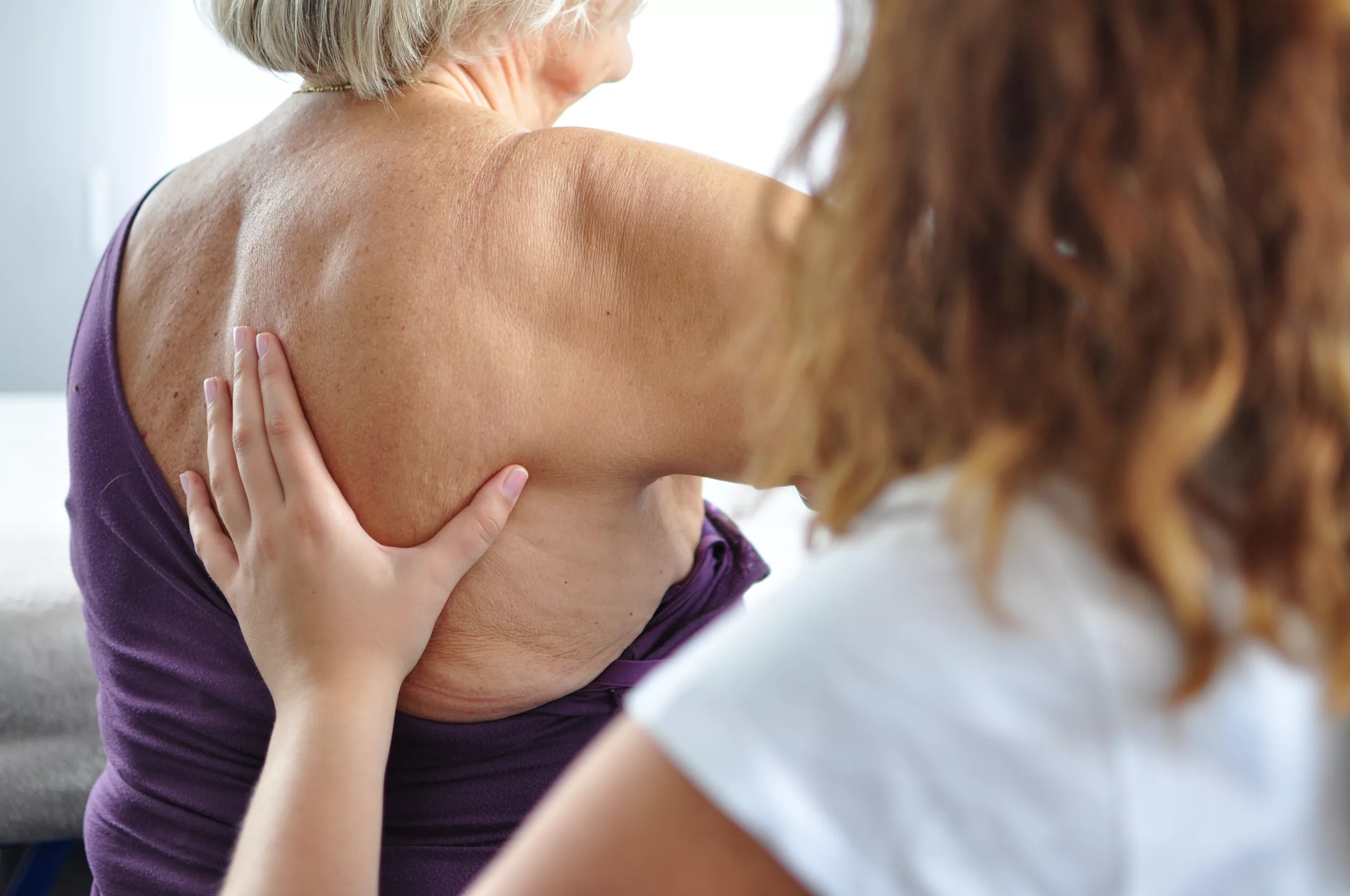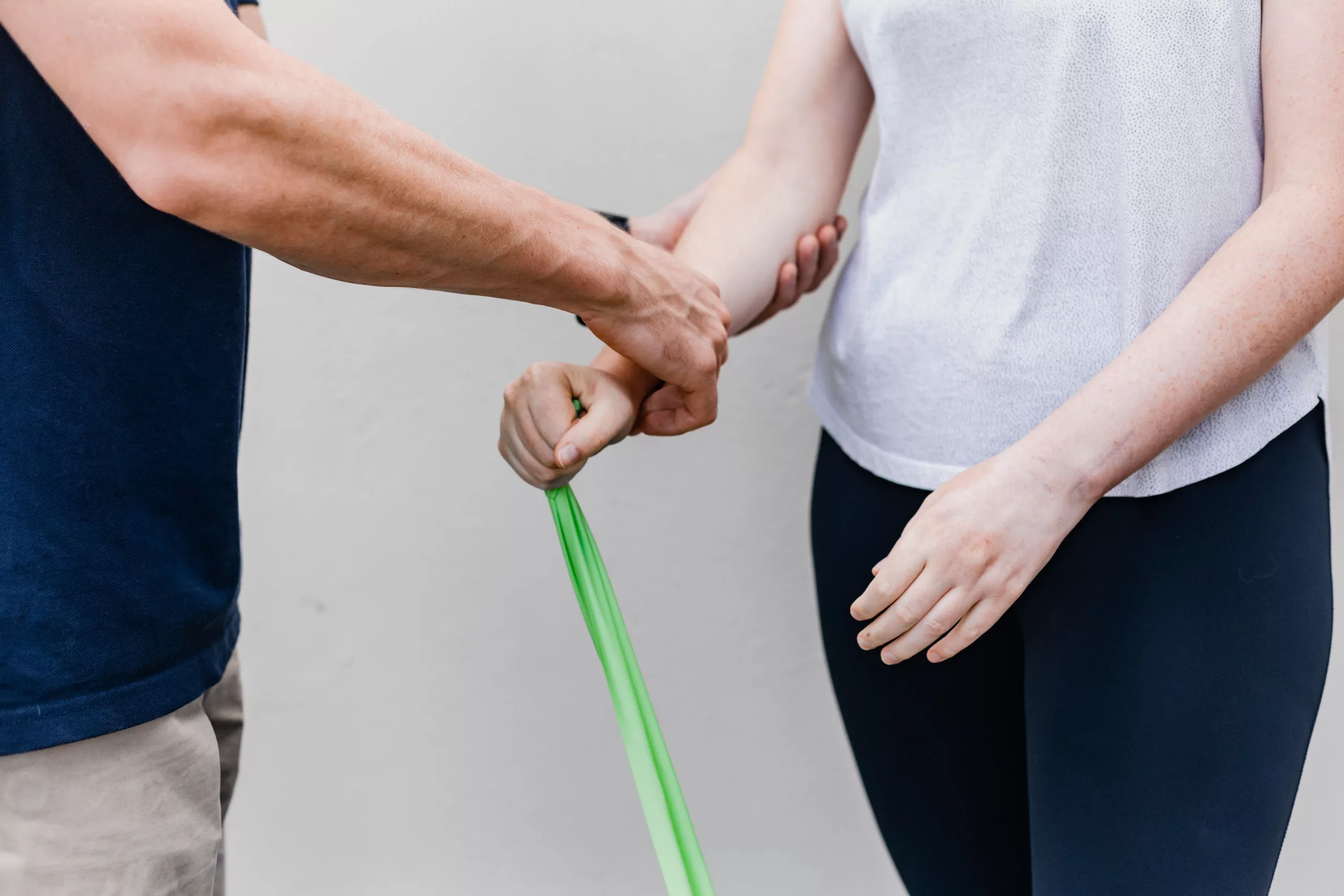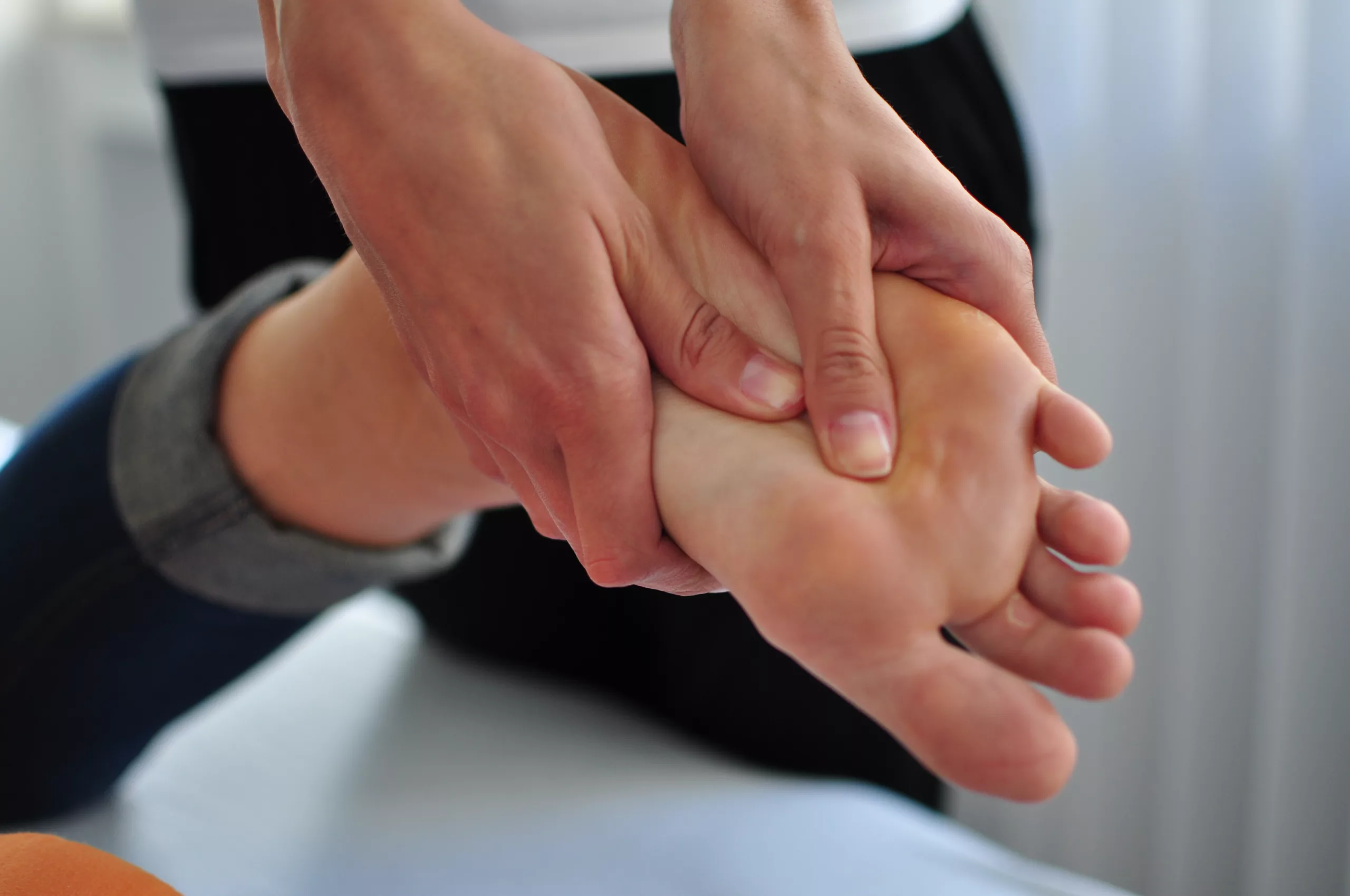Tennis and Golfer’s Elbow: Understanding Medial and Lateral Epicondylitis
Have you felt an intense pain in your elbow after a game of tennis or golf? You might be dealing with epicondylitis, commonly known as tennis elbow or golfer's elbow. Don't let the names fool you; these ailments aren't limited to athletes. Let's dive into the complexities of these conditions.Epicondylitis and its CausesEpicondylitis is associated with changes in the tendons connected to your elbow's epicondyles. These are the bony prominences on either side of your elbow. Often due to repetitive strain, these conditions cause pain and tenderness over the affected areas.Epicondylitis can arise from various circumstances:Traumatic Epicondylitis: This occurs with
Understanding Achilles Tendinopathy: Causes, Symptoms, and Physiotherapy Treatments
At Connect Physiotherapy & Exercise, our experienced physiotherapists regularly encounter a condition known as Achilles tendinopathy. This inconvenient Achilles tendon pain affects many people, from seasoned athletes to casual walkers. This basic guide aims to help you understand Achilles tendinopathy, thereby enabling you to protect your health and maintain your active lifestyle.Achilles Tendinopathy: A Common Source of Achilles Tendon PainThe Achilles tendon, a sturdy band of connective tissue, links your calf muscles—the gastrocnemius and soleus—to your heel bone (posterior calcaneus). When this tendon experiences an injury—at the mid-portion or the insertion, or to varying degrees from a strain to a
Vitality in Your Golden Years: A Guide on Exercise Recommendations for Adults 65+
Living with osteoarthritis (OA) can be challenging, as the presence of pain due to OA symptoms often leads to changes in muscle activity and the way we move. However, there is a powerful tool that can help you manage these symptoms and improve your quality of life: exercise.
How Does Exercise Help With Osteoarthritis (OA)?
Living with osteoarthritis (OA) can be challenging, as the presence of pain due to OA symptoms often leads to changes in muscle activity and the way we move. However, there is a powerful tool that can help you manage these symptoms and improve your quality of life: exercise.
Whiplash Injuries Explained: Causes, Symptoms, and Physiotherapy Treatment
Whiplash is a term often associated with car accidents or contact sports. But did you know this term actually describes a variety of injuries impacting the bones and soft tissues of the neck? These injuries can occur when the neck experiences sudden acceleration-deceleration movements, causing a rapid, whip-like jerk back and forth. This sudden force of hyperextension (being thrown backward) and hyperflexion (being thrown forward), or vice versa, can lead to considerable strain on the neck, causing whiplash. While car accidents are the most common culprits, contact sports or sudden falls can also trigger whiplash. The severity of whiplash impacts
Understanding Frozen Shoulder: Symptoms, Risk Factors, and Treatment
Frozen shoulder, also known as adhesive capsulitis, is a condition characterized by stiffness and pain in the shoulder joint. In this basic guide, we will delve into the symptoms, risk factors, stages, and treatment options for frozen shoulder to help you better understand and manage this condition.Recognizing Frozen ShoulderFrozen shoulder usually starts with mild pain and stiffness that progressively worsen over time. The pain is often described as a dull, aching sensation that radiates throughout the shoulder area, particularly around the deltoid muscle. It tends to intensify at night, leading to sleep disturbances, especially for individuals who typically sleep on
3 Sets of 10 Reps: Unveiling the Mystery Behind Therapeutic Exercise Prescription
In the realm of physiotherapy, it is not uncommon to encounter the prescription of 3 sets of 10 reps for various therapeutic exercises. While this rep scheme may seem arbitrary to some, there is a rich history and scientific rationale behind its widespread usage. In this blog post, we will explore the origins of this rep scheme and delve into the reasons that support its effectiveness.
Conquering Plantar Fasciitis: Your Guide to Relief and Recovery
Are sharp pains in your foot making your favorite activities a challenge? You might be dealing with plantar fasciitis, a common condition that leads to discomfort in the heel. This pain emerges from the irritation or damage of the tissue supporting your foot's arch, affecting your daily activities and overall quality of life. But there's hope! In this blog post, we'll discuss what plantar fasciitis is, its risk factors, and symptoms. We will also explore effective strategies for relief and recovery, allowing you to reclaim your active lifestyle.Understanding Plantar Fasciitis and Its Impact:Plantar fasciitis affects the plantar fascia - the
Muscle Strains: Healing, Prevention, and the Role of Physiotherapy
Have you ever experienced sudden, sharp pain from a muscle strain during physical activities or daily tasks? Muscle strains can unexpectedly disrupt our lives. In this article, we will explore the causes, classification, and healing process of muscle strains. We will also highlight the essential role of physiotherapy in diagnosing, treating, and managing these injuries.Causes of Muscle StrainImagine your muscles as elastic bands. They can normally stretch and contract without issue. However, when a muscle is subjected to excessive force, similar to stretching an elastic band too far, it can lead to tears in the muscle fibers. These tears, known
The ABCs of Ankle Sprains and the Role of Physiotherapy
Have you ever twisted your ankle while playing sports or simply walking on an uneven surface? If so, you're not alone. Ankle sprains are one of the most common musculoskeletal (MSK) injuries. While athletes often grab the spotlight, ankle sprains can happen to anyone, at any age. Understanding these injuries, from causes to treatments, can help you get back on your feet faster and stronger.The Ins and Outs of Ankle SprainsAn ankle sprain is an injury to the ligaments supporting the ankle complex. It's like the body's very own elastic band stretching a little too far, sometimes even snapping. There
